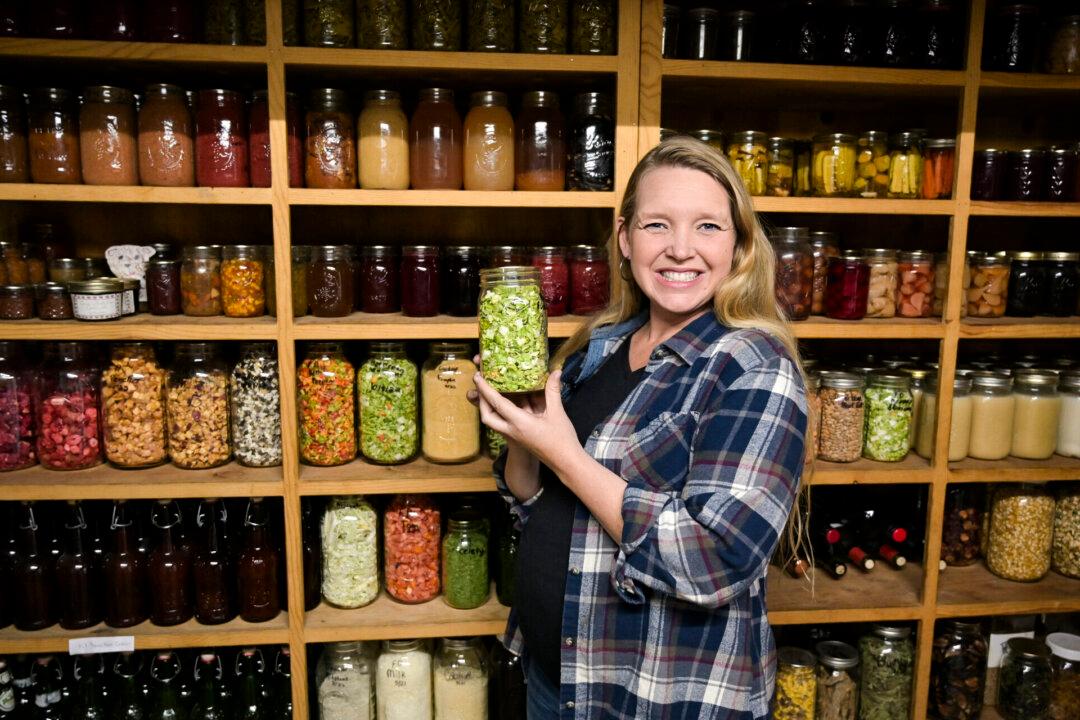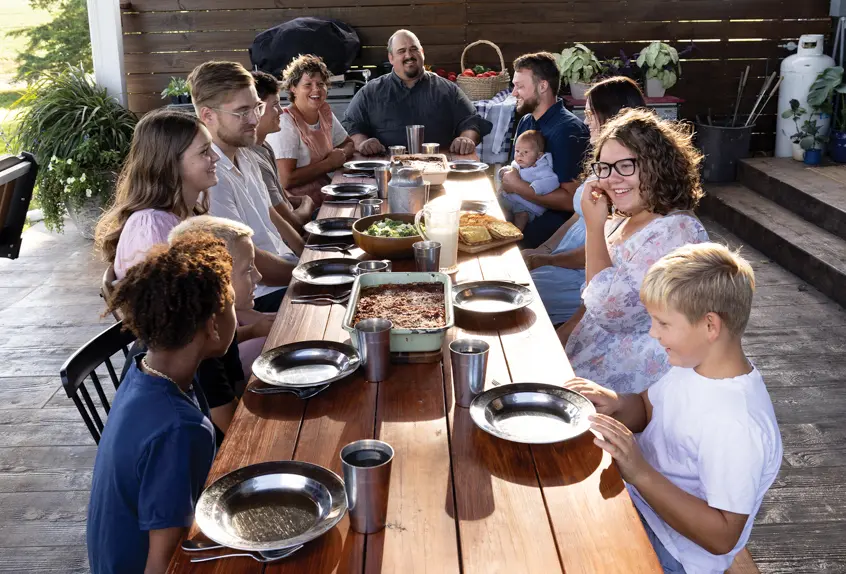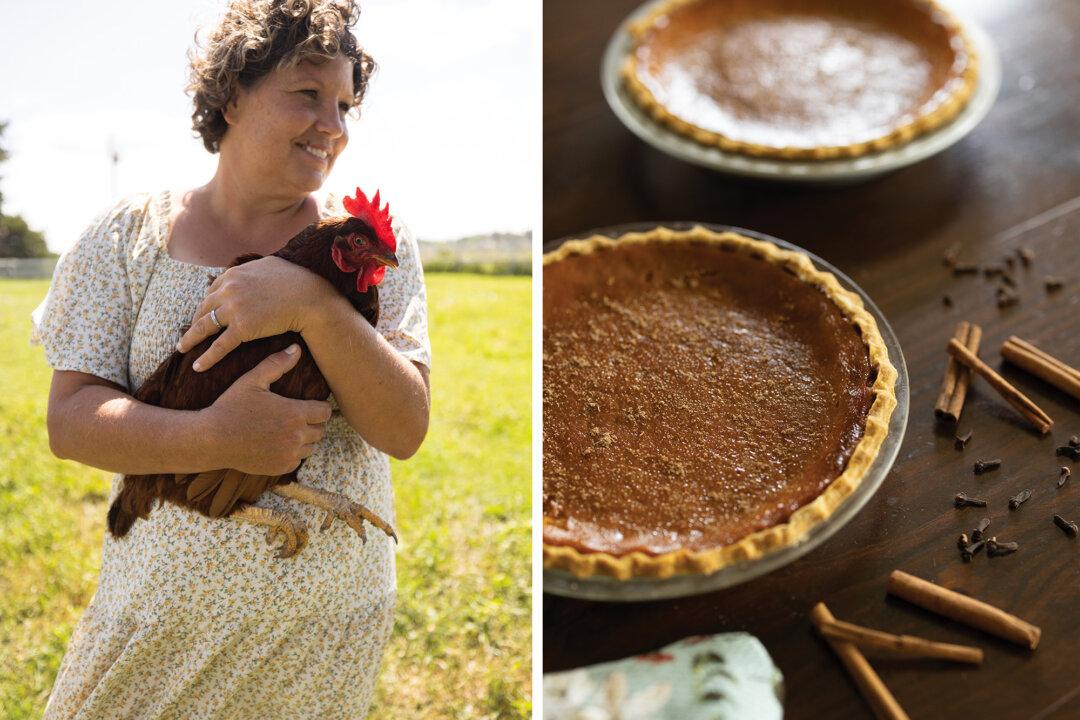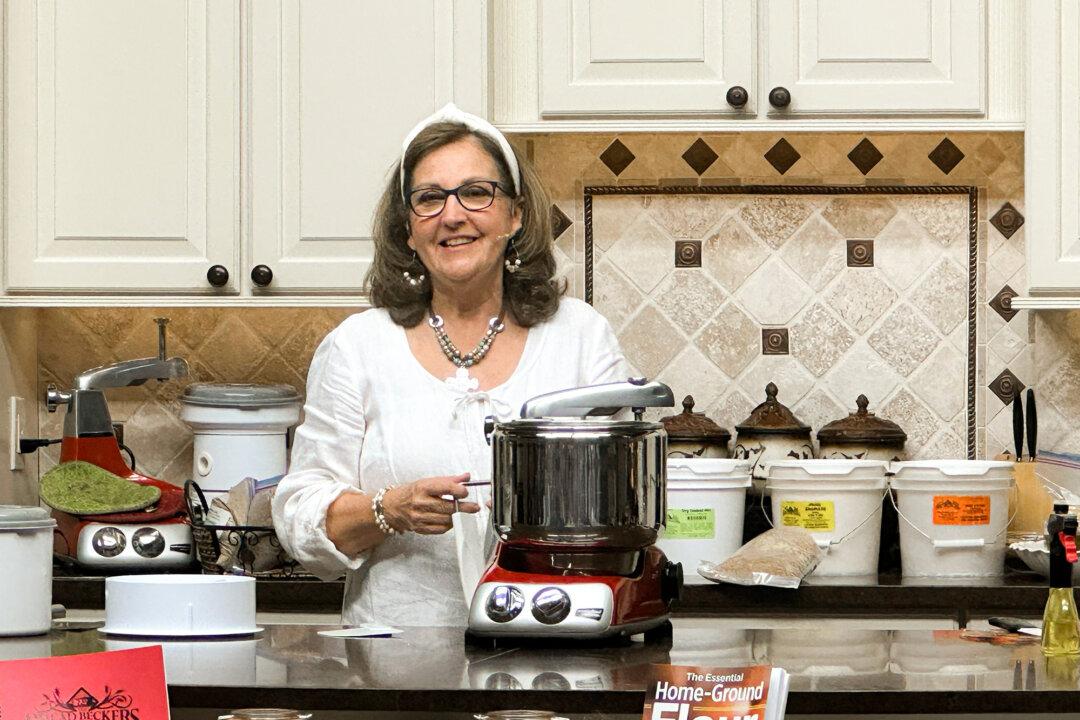Carolyn Thomas understands the apprehension. To the uninitiated, pressure canning can seem a downright frightening process. It’s all too easy to remember the time Great-Aunt Agatha’s pressure canner exploded and sent shards of glass and spaghetti sauce flying in all directions.
Fortunately, most pressure canners made within the past 20 years have fail-safe mechanisms in place to prevent such catastrophes. When done correctly, pressure canning is one of the safest and most efficient ways to preserve the harvest.





